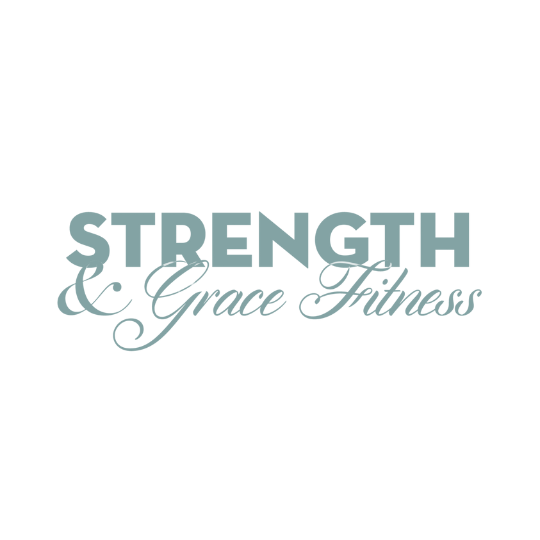We’ve all heard about it, and we all know that we need it, but what is really the big deal? Well, if you are trying to lose weight, get leaner or ward off hunger, then you will want to know all about fiber and how it can benefit your goals.
Fiber – the non-digestible carbohydrate found in foods comes in two different types based on its ability to dissolve in water.
- Soluble fiber: Dissolves in water and can be metabolized by the “good” bacteria in the gut. This type of fiber dissolves in water to form a gel-like material. It can help lower blood cholesterol and glucose levels. Soluble fiber is found in oats, peas, beans, apples, citrus fruits, carrots, barley and psyllium.
- Insoluble fiber: Does not dissolve in water. This type of fiber promotes the movement of material through your digestive system and increases stool bulk, so it can be of benefit to those who struggle with constipation or irregular stools. Whole-wheat flour, wheat bran, nuts, beans and vegetables, such as cauliflower, green beans and potatoes, are good sources of insoluble fiber.
Benefits of adding fiber to your diet:
- Helps with Pooping. Nope, not TMI. Healthy bowels mean healthy bodies! Fiber increases the bulk or your poop. A bulky stool passes easier, thus making you less constipated. Nothing makes you feel “UGH” more than being full of poop. The fiber also reduces watery stools which may be a sign of an un-healthy gut.
- No more hemorrhoids. When the colon and intestines are cleaned out regularly, risk factors for disease reduce. Think of fiber as a broom, sweeping all the gunk out of your digestive track.
- Lowers Cholesterol . Soluble fiber may help lower total blood cholesterol levels by lowering low-density lipoprotein, or “lowsy,” cholesterol. Studies also have shown that high-fiber foods may have other heart-health benefits, such as reducing blood pressure and inflammation.
- Helps control blood sugar and insulin levels. In people with diabetes, fiber — particularly soluble fiber — can slow the absorption of sugar, reduce the increase in insulin and help improve blood sugar levels.
- Helps with Weight Loss and Maintenance. Fiber = feeling full longer! You are less likely to snack on un-healthy foods if your hunger and satiety hormones have been reached after a meal. Foods with fiber are also generally much healthier, less processed and better for us.
- Helps you live longer. Many studies suggest that increasing your dietary fiber intake is associated with a reduced risk of dying from cardiovascular disease and all cancers.
- Heart Health. Studies have found a link between fiber intake and heart attack = a 40 percent lower risk of heart disease.
- No more yeast/ rashes. Fiber may help move yeast and fungus out of your body, preventing them from being excreted through your skin where they could trigger acne or rashes.
- Gallstones and Kidney Stones. A high-fiber diet may reduce the risk of gallstones and kidney stones.
What fiber should you consume? These are our top recommendations:
- Greens
- Nuts / Seeds
- Whole fruits/veggies
- Psyllium Husk (add to smoothies)
- Hemp Hearts – can be added to salads, smoothies, baked goods
- Chia Seeds – add to smoothies, make into a pudding
Remember – be sure to increase your fiber intake slowly to not produce stomach upset or gas.
Try these recipes:
- https://strengthandgracefitness.com/chia-seed-pudding/
- https://strengthandgracefitness.com/nutty-fiber-green-shake/
